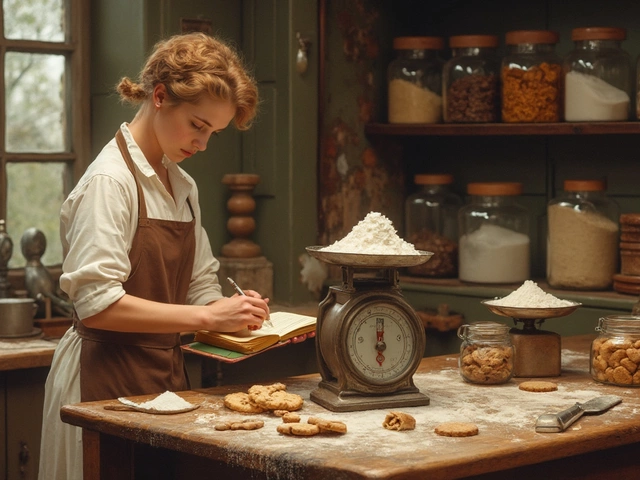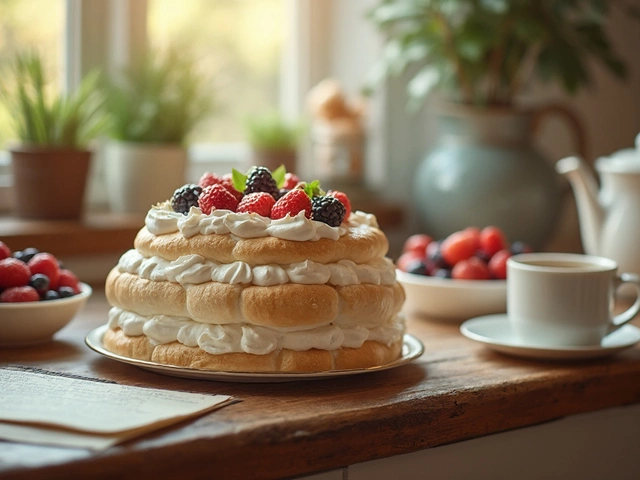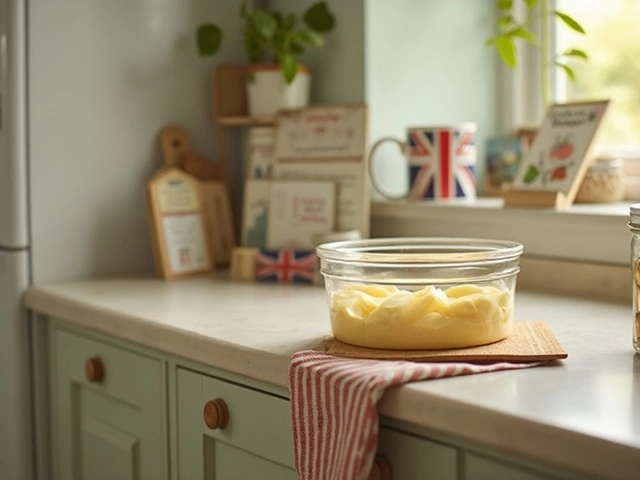Boiling Fudge: Simple Tips for Perfect, Glossy Candy
If you’ve ever tried making fudge and ended up with a grainy mess, you’re not alone. The secret is in the boil – get the temperature right, stir the right way, and you’ll have a smooth, buttery treat that shines.
Why Boil Fudge?
Boiling isn’t just about heating the ingredients; it’s about reaching the right candy stage. When the sugar‑sweetened mixture hits the "soft‑ball" stage (around 235‑240°F or 113‑115°C), the crystals that form later give fudge its creamy texture.
Too low a temperature means the mixture stays liquid too long, causing large sugar crystals and a gritty bite. Too high, and you risk a hard, brittle candy that cracks when you cut it.
Most home cooks use a kitchen thermometer, but if you don’t have one, the cold‑water test works. Drop a tiny bit of the hot mixture into a glass of cold water – if it forms a soft ball that you can roll between fingers, you’re good to go.
Fixing Common Fudge Problems
Even with the right temperature, things can go sideways. Here’s how to rescue common issues without tossing the batch.
- Grainy texture: If crystals form early, keep stirring continuously once you hit the target temperature. You can also add a small pinch of cream of tartar or a little corn syrup to help prevent crystallization.
- Too soft or runny: Let the fudge cool a bit longer before stirring. It should sit undisturbed for a minute or two; this gives the mixture time to thicken.
- Gloopy or over‑cooked: If it looks thick and starts to pull away from the pan, remove it from heat immediately. Beat it quickly with a wooden spoon to bring it back to a smooth consistency.
- Failed fudge (hard, crumbly pieces): Turn the crumbly bits into bite‑size fudge bits. Break them up, melt a little extra condensed milk, and re‑cook to the soft‑ball stage. That’s basically a rescue trick covered in our "What to Do With Failed Fudge" guide.
One popular shortcut is using sweetened condensed milk. Boiling a can of condensed milk (with a towel wrapped around it) creates dulce de leche, which can be blended into your fudge for extra caramel flavor. Our post "Why Do People Boil Condensed Milk?" explains the science behind that sweet, sticky magic.
When you’re ready to pour, use a greased pan or line it with parchment paper. Spread the fudge evenly, then let it sit at room temperature. Cutting while it’s still warm can cause a messy crumble – patience pays off.
Finally, store your fudge in an airtight container. It stays fresh for up to two weeks at room temperature, or you can freeze portions for longer shelf life. A thin layer of parchment between layers prevents them from sticking together.
With these simple steps, boiling fudge becomes less of a gamble and more of a reliable kitchen skill. Experiment with chocolate, nuts, or a splash of vanilla, and you’ll have a crowd‑pleasing treat in no time.






